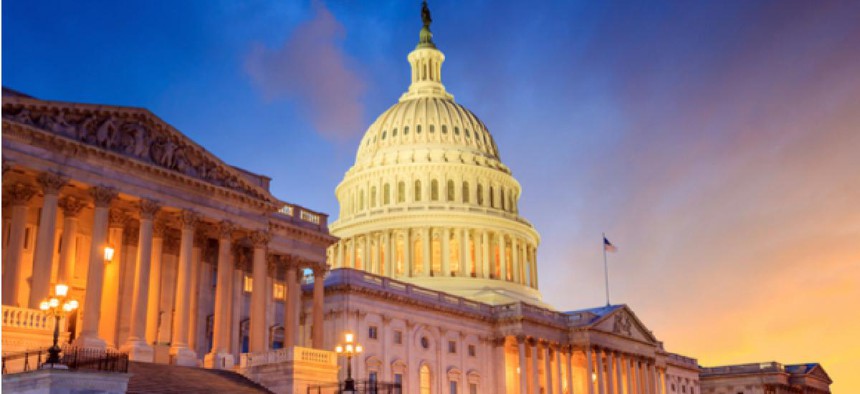There’s still hope for IT modernization funding

There is more than one way to pay for modernization efforts at federal agencies.

Before House lawmakers left last month to campaign for re-election, they passed the Modernizing Government Technology (MGT) Act, which combines elements of two previous proposals.
In his fiscal 2017 budget, President Barack Obama had requested a $3.1 billion IT Modernization Fund that agencies could apply to draw on to replace outdated, legacy technologies and accelerate the move to the cloud. Agencies would have to repay -- and thereby replenish -- the fund from the savings achieved through their modernization investments.
Office of Management and Budget analysts anticipated the fund would support up to $15 billion in IT investments across government.
Although the proposal attracted support from House Democrats, only one or two GOP members signed up as co-sponsors of the legislation. Instead, Republicans countered with a proposal of their own -- the Modernizing Outdated and Vulnerable Equipment and Information Technology, or MOVE IT, Act. Arguing that the federal government already spends almost $100 billion each year on IT, sponsors of the bill proposed that agencies redirect the funds they current spend on outdated systems to modernization investments.
The MGT Act is a rare piece of legislation that has support from both the White House and Capitol Hill, including members of both parties and key legislators in both chambers. The bill aims to create working capital funds (WCFs) at the General Services Administration and at individual agencies to which program leaders could apply for funding for specific modernization projects.
Time will be tight in December during the lame-duck session, and the agenda is already crowded. But Senate staffers say they see a path forward and several viable vehicles to which to attach the MGT Act. But where will the funding come from? There are a couple of possibilities.
Many agencies already have WCFs, revolving funds, franchise funds and so on. The names may differ, but the foundation is basically the same. They were created to provide central funding for an array of common shared services -- such as personnel operations, payroll, administrative payments, building management and certain IT services. The funds are supposed to operate in a business-like manner and recapture the full cost of providing the noted services, including depreciation, upkeep and replacement.
CIOs should sit down with their chief financial officers and WCF administrators so they can begin to planning to use those funds to replace, modernize and enhance rather than just maintain. Most WCFs allow billing in advance of the provision of service, so there is a mechanism to stock the fund.
A central fund at GSA might present a different challenge. That proposed WCF has not been tied to a specific dollar amount -- unlike the $3.1 billion requested for the IT Modernization Fund. But more important, that $3.1 billion was not included in the Budget Committee’s fiscal 2017 allocation nor did it find a place in any of the 12 appropriations bills that moved through the House or Senate.
One possible source of funding might be found in what some have dubbed “runaway systems,” which are existing initiatives that are over budget, behind schedule and not delivering the promised functionality. The soundest management decision might be to pull the plug on those projects and move the unobligated balances to a GSA fund.
There are likely other options, but however it plays out, it promises to be an interesting December.


